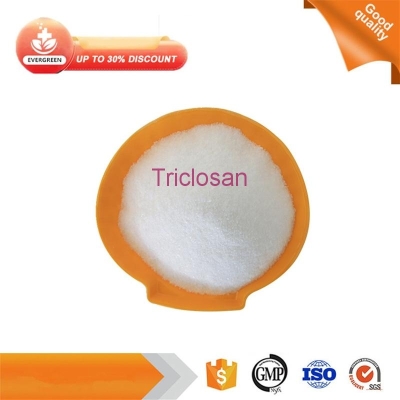-
Categories
-
Pharmaceutical Intermediates
-
Active Pharmaceutical Ingredients
-
Food Additives
- Industrial Coatings
- Agrochemicals
- Dyes and Pigments
- Surfactant
- Flavors and Fragrances
- Chemical Reagents
- Catalyst and Auxiliary
- Natural Products
- Inorganic Chemistry
-
Organic Chemistry
-
Biochemical Engineering
- Analytical Chemistry
- Cosmetic Ingredient
-
Pharmaceutical Intermediates
Promotion
ECHEMI Mall
Wholesale
Weekly Price
Exhibition
News
-
Trade Service
Aloe vera extract is a colorless, transparent to brown, slightly viscous liquid that dries as a fine yellow powder
.
No odor or slightly specific odor
.
It is often used to make masks and is loved
by the majority of women.
It has strong hydration properties
.
Extracts of aloe vera extract: Aloe vera of the lily family, Aloe vera of cape of good hope or aloe vera leaf
of the spotted aloe vera.
Native to the Mediterranean Sea and Africa, it is now widely cultivated all over the world, and the territory of Shaanxi is mainly the Yangling aloe vera planting base
.
Curaçao aloe vera is called "old aloe vera", and the Cape of Good Hope aloe vera is called "new aloe vera"
.
Compositional properties of aloe vera extract: From the perspective of chemical composition, aloe vera is known to contain more than 160 chemical components, and there are no less than 100 kinds
of components with pharmacological and biological activity.
However, in terms of its particularity and efficacy, it is mainly divided into two categories
.
1.
Anthraquinone compounds include aloe vera, aloe vera emodin, aloe vera ephrophenol, aloe vera saponin, aloe vera nin, aloe vera tonyl, aloe vera mycin, post-monat aloe vera, etc.
Dozens of species, which are the active ingredients in aloe vera, mainly in the outer skin part
of aloe vera leaves.
2.
Aloe vera polysaccharides The polysaccharides of aloe vera are mainly present in the gel part of the aloe vera leaf, that is, the transparent sticky part
surrounded by the leaf skin.
Ethylphenolated dextran, glucomannan, arabino-galactoglycan, etc.
have been detected, and the molecular structure, composition and relative molecular weight of aloe vera polysaccharides are related to
aloe vera varieties, growth environment and growth period.







